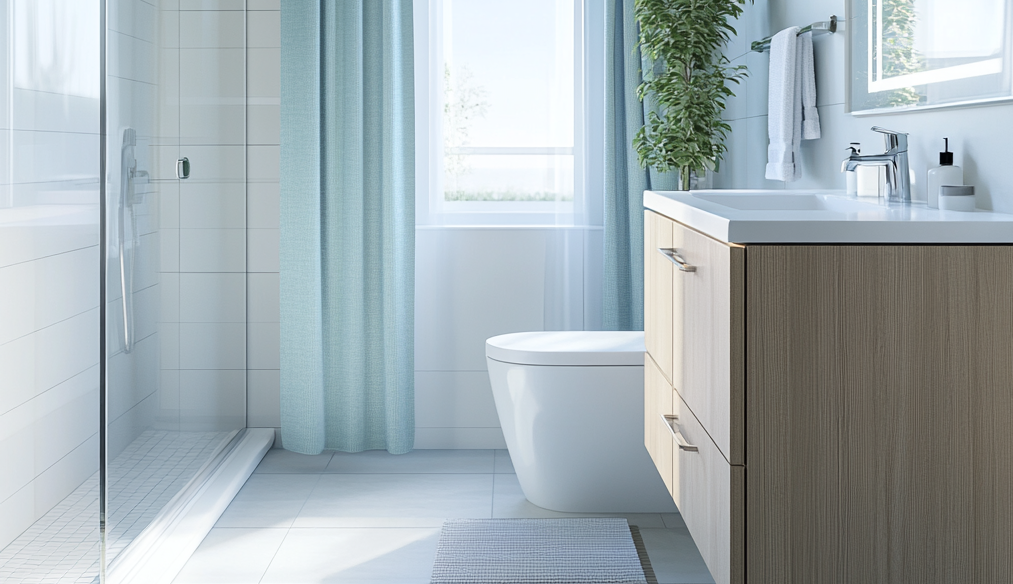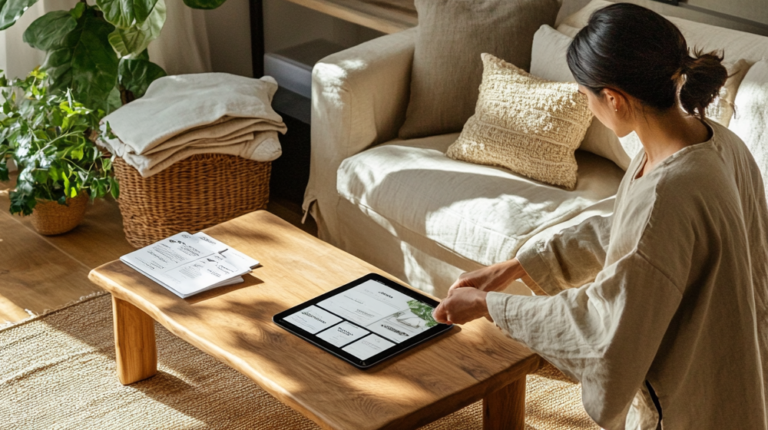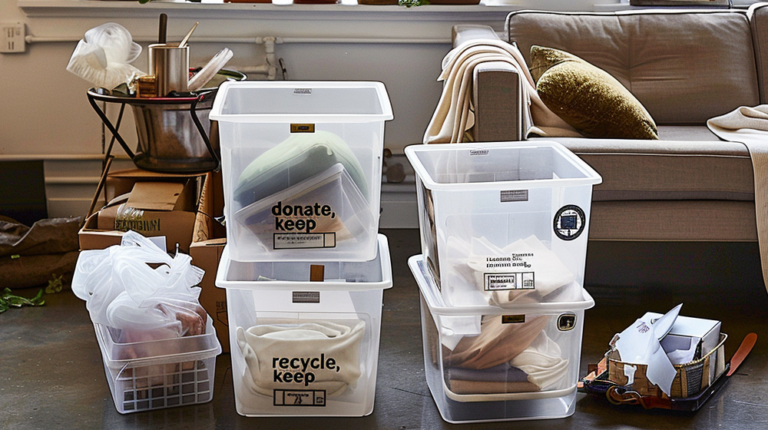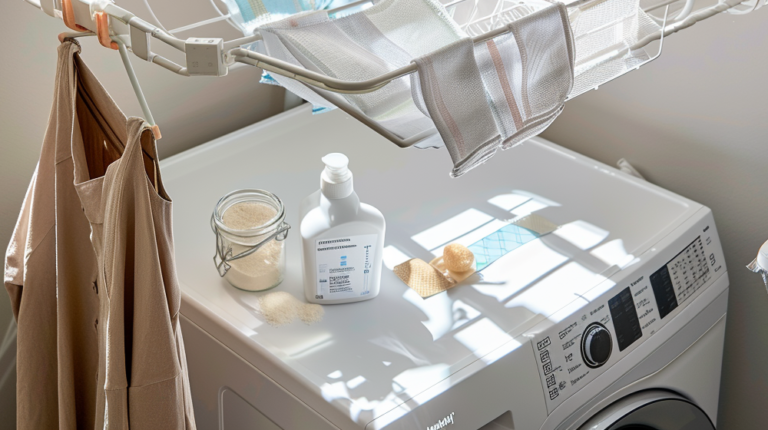Although they might not think of it right away, renters should think of conserving water as a sustainable approach. Since the average American uses 82 gallons of water a day at home, our water footprint has a big influence on the environment and offers a big chance to improve. What’s the good news? Since many effective water-saving solutions don’t call for permanent modifications to your rental property, they’re perfect for eco-aware renters in any type of living situation.
The Value of Conserving Water
Before we move on to solutions, let’s discuss why conserving water is important: The treatment and transportation of water increase carbon emissions, accounting for around 2% of US energy use. In addition to the environmental benefits, saving water lowers utility bills, which benefits all renters. In regions that are suffering from drought or water scarcity, conservation becomes even more crucial as a civic responsibility.
Ideas for Bathroom Water Conservation
Low-Flow Showerheads
Without compromising shower quality, low-flow showerheads use 1.5 gallons per minute or less, which is 40% less than a typical showerhead’s 2.5 gallons per minute. Low-flow showerheads often screw on like any other conventional type, so you can remove them when you move out (just make sure to retain the original). In just a few months, the water savings from models priced around $40 from companies like High Sierra and Niagara make up for their costs.
Toilets use approximately 30% of the indoor water in homes. Even though your rental’s toilet is most likely beyond repair, you can still make the most of it:
- Displacement devices: Place a filled water bottle or a specially designed toilet tank bank into your tank to reduce the amount of water used with each flush. Avoid bricks since they might deteriorate and damage pipes.
- Dual-Flush Conversion Kits: For about $25, these kits enable ordinary toilets to be transformed into dual-flush systems without requiring any permanent modifications.
- Finding Leaks: If a few drops of food coloring are added to your toilet tank and color emerges in the bowl without flushing, you have a leak that might be wasting hundreds of gallons annually. You can save money by reporting the problem as a maintenance issue to your landlord immediately.
Improving the Faucet
Bathroom faucets use about 1.5 gallons per minute, but with a few simple adjustments, this number can be significantly reduced:
Aerators for faucets: These inexpensive ($2–8) devices connect to most standard faucets and reduce water flow while maintaining pressure. Look for sink models with 0.5 GPM in bathrooms.
Water Conservation in the Kitchen: Efficient Dish Cleaning
Contrary to popular belief, modern dishwashers use just about 3 gallons of water per cycle, compared to 27 gallons needed to wash the same load by hand.
Optimizing Strategically:
- Only run full loads.
- If eco mode is available, select it.
- Please scrape the plates and skip the pre-rinse.
- If handwashing must be avoided, use a washbasin rather than running water continuously.
Using Intelligent Faucets
Install a swivel aerator (about $10) in the kitchen, which allows you to switch between regular flow and water-saving mode.
Filling the Bottle: Store a pitcher of drinking water in the refrigerator rather than running the faucet until the water is cold.
Conserve Water in the Laundry
The average washing machine uses 15–30 gallons of water per load, making it a significant water consumer.
Methods of Optimization:
- Run only full loads.
- When possible, use cold water to conserve electricity.
- Select the appropriate water level settings if your machine offers them.
- Please promptly inform your landlord of any leaks.
Roommate Coordination for Optimal Impact
Benefits of teamwork in shared living arrangements for water conservation:
- Educate your roommates on water usage trends and potential cost savings.
- Visualize Usage: Post monthly water bills in a common area to track progress.
- Friendly Competition: Encourage each other to take shorter showers by using a cheap shower timer.
In conversation with the landlords
While landlord approval is not necessary for basic water-saving measures, for more significant changes:
- Make water-saving upgrades seem like wise financial decisions.
- Offer to Divide Expenses: If you want more energy-efficient fixtures that last longer than your lease, suggest dividing the expense.
- Cite Rebates: Investigate local utility rebates for water efficiency upgrades to bolster your proposal.
By implementing these rental-friendly water-saving strategies, you may significantly reduce your utility expenses and environmental impact. This evidence proves that, irrespective of your housing situation, sustainability and prudent living go hand in hand.






